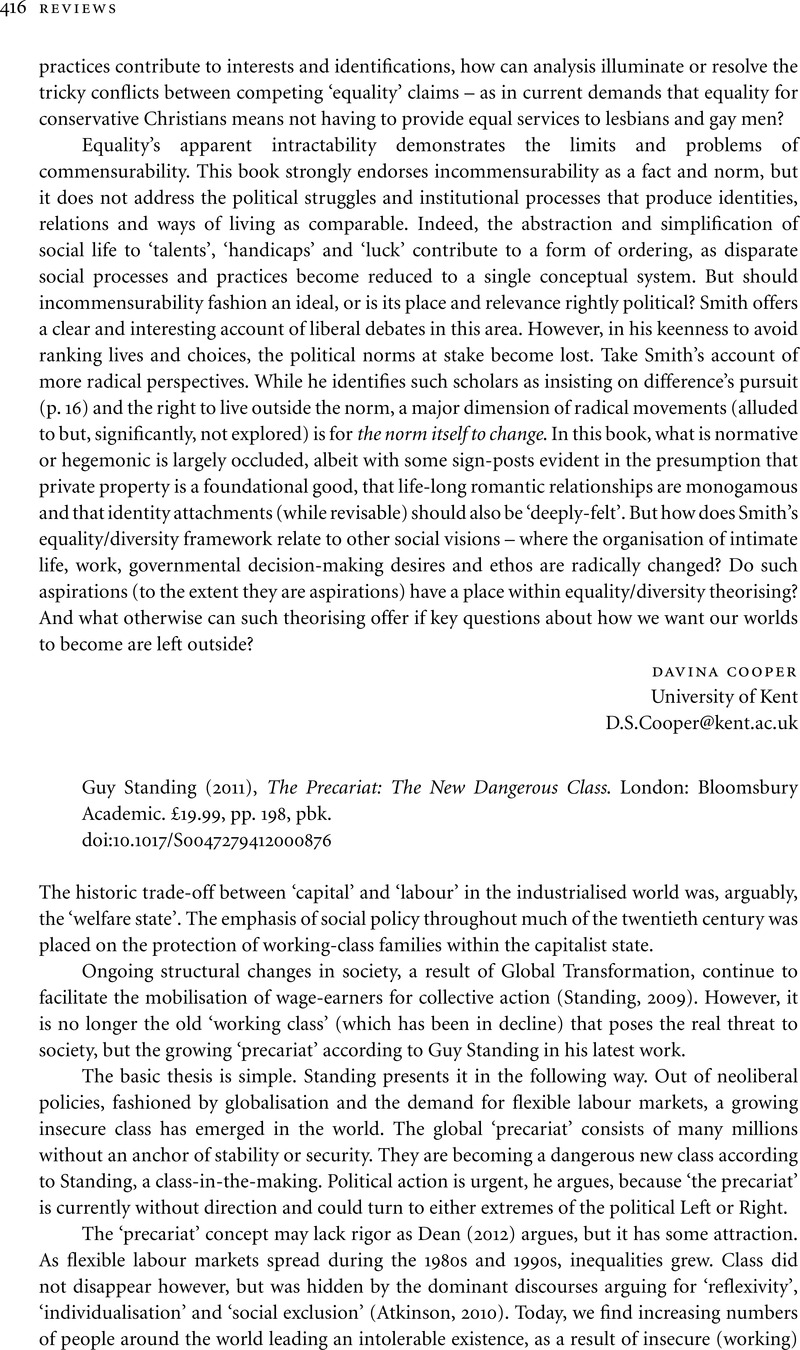Crossref Citations
This article has been cited by the following publications. This list is generated based on data provided by Crossref.
Elstad, Jon Ivar
and
Heggebø, Kristian
2019.
Et voksende prekariat? Langvarige tilknytninger til arbeidslivet blant kjernegruppene i arbeidsmarkedet.
Søkelys på arbeidslivet,
Vol. 36,
Issue. 3,
p.
139.
Abanto, Rolando II
Marcelino, Anna Rose
and
Oyao, Roldan
2024.
Facing Job Uncertainties: The Lived Experiences and Challenges Encountered by Government Contractual Workers.
Journal of Interdisciplinary Perspectives,
Vol. 2,
Issue. 8,



